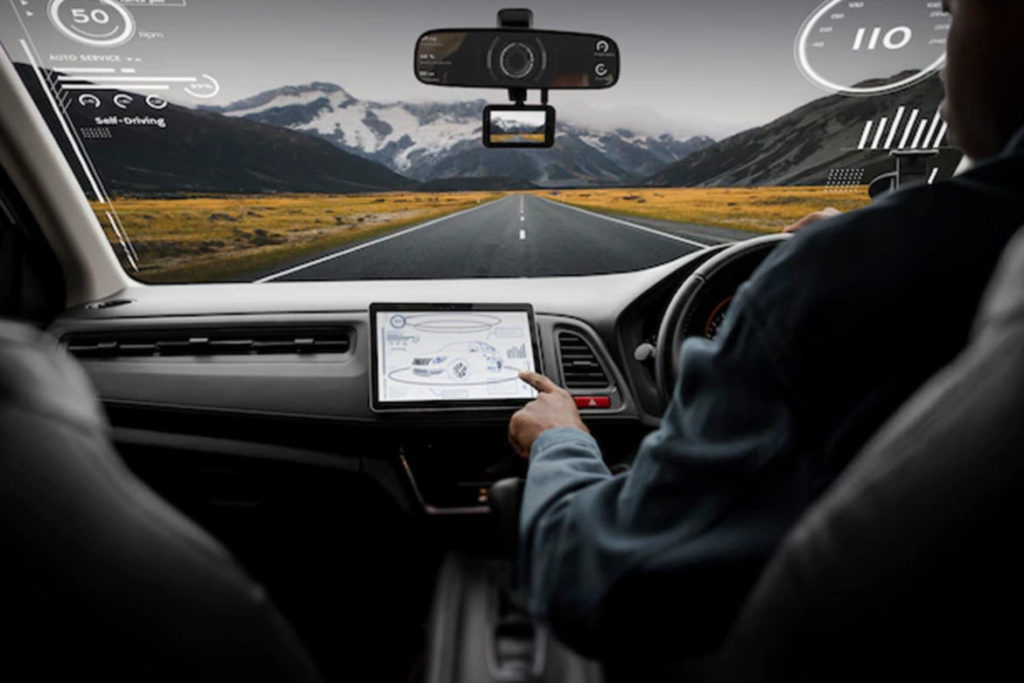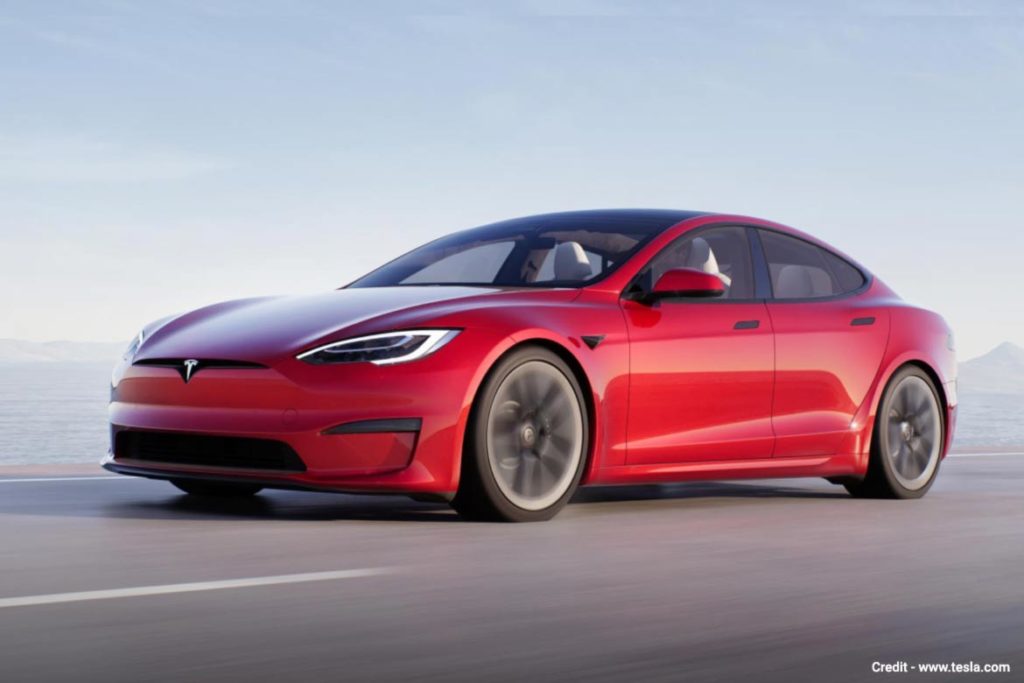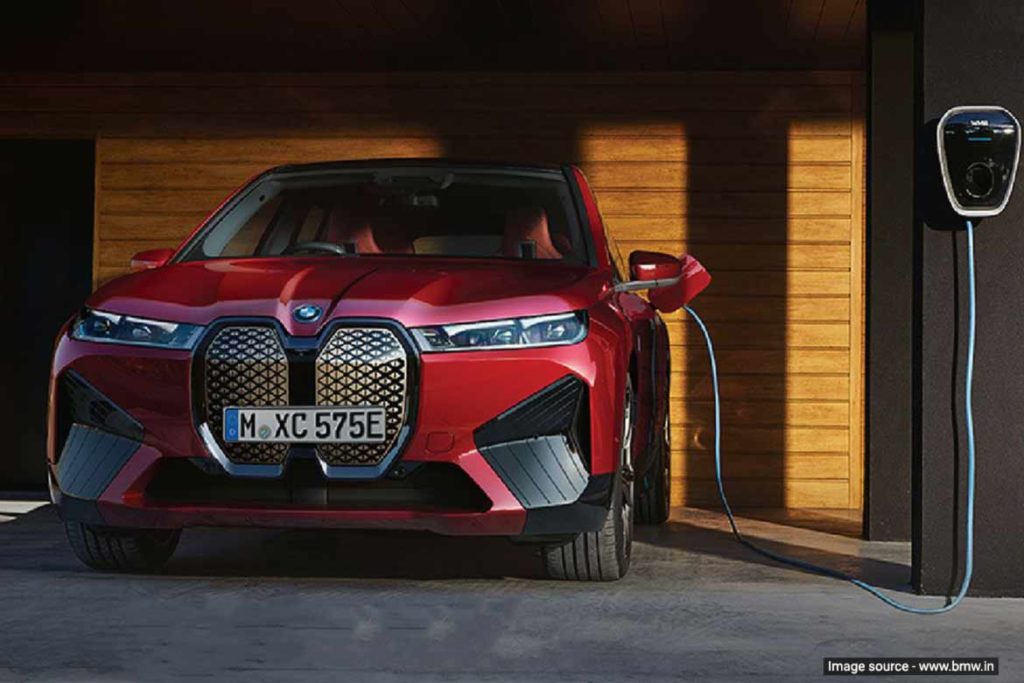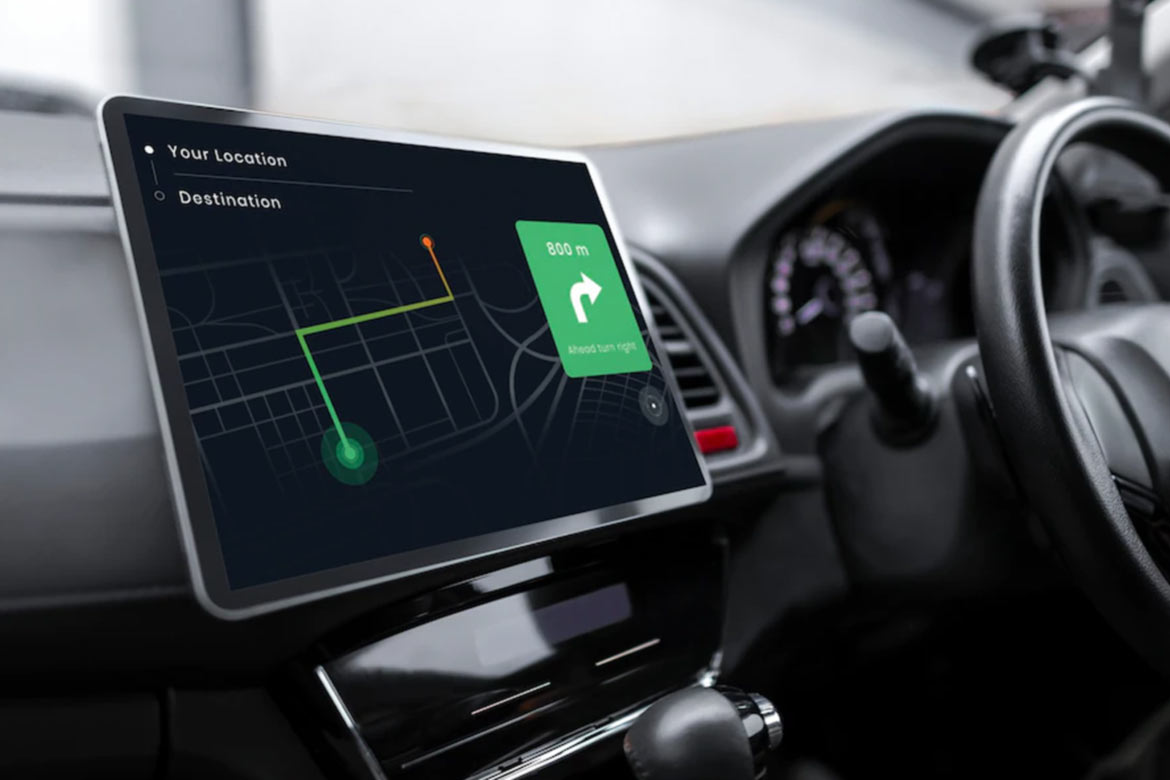For more than a decade, businesses ranging from Google to General Motors have invested billions of dollars in the quest for the completely self driving cars automobile, which is thought to be the pinnacle of automotive technology. Experts predicted that these cars would herald in an era of consumer convenience and safety and would be a hugely profitable product for automakers.
There are five levels of driving autonomy according to the Society of Automotive Engineering (SAE), ranging from Level 0 (no driving automation) to Level 5 (full self-driving service available under all conditions). The majority of contemporary vehicles are at Level 1, giving common autonomous functions like adaptive cruise control or lane-centering assist that assist with acceleration, braking, and steering on the road.
However, some rides are still at Level 2, necessitating the continued control of the driver while still allowing the autonomous features to handle braking, accelerating, and steering. Advanced autonomous driving would be available at levels 3, 4, and 5, allowing automobiles to assume complete control, though not in all circumstances in cases 3 and 4. These three are still in the development phase and are not yet accessible.
In conclusion, we must wait for the market to accept fully autonomous driving features. Explore our list below if you’re looking for a vehicle that can perform a variety of tasks in place of you. In 2022, these Level 2 rides are the most autonomous.
Let’s define autonomous and self-driving cars first

An autonomous vehicle is one that can operate without a driver’s input and perceive its surroundings. No human driver or passenger is ever required to run the car or even to be in the car at all. Anywhere a conventional car can travel, an autonomous vehicle can go, and it can do anything a qualified human driver can do.
What drives these cars?
Autonomous vehicles require sensors, actuators, sophisticated algorithms, machine learning systems, and powerful CPUs in order to run software.
Autonomous vehicles create and update a map of their environment using a variety of sensors distributed throughout the vehicle. Radar sensors monitor the whereabouts of nearby vehicles. Video cameras can identify pedestrians, other vehicles, traffic signals, and road signs. By bouncing light pulses off the surroundings, Lidar (light detection and ranging) sensors calculate distances, locate road limits, and identify lane markings. Ultrasonic sensors in the wheels detect obstacles and other vehicles when parking.
Advanced software then analyses all of this sensory data, creates a path, and sends instructions to the actuators in the car that control steering, braking, and acceleration. The software uses hard-coded rules, obstacle avoidance algorithms, predictive modelling, and object identification to help users follow traffic regulations and avoid obstacles.
Here is the list of Self driving level 2 cars in 2022
Tesla Model S

Tesla did take a significant step toward autonomous driving, despite its broken promises. The Autopilot system, which is also used in other brand-new vehicles, is a semi-autonomous driving function that comes with the company’s all-electric Model S.
This system offers speed control, lane-centering assistance, and adaptive cruise control. Customers can now choose a Full Self-Driving package, which includes sophisticated features like self-parking, lane change, and highway navigation. The package also offers the convenient option of calling the vehicle from a parking lot.
Cadillac Escalade
One of the most well-liked huge luxury SUVs of 2022 is the Cadillac Escalade, and for good reason. One of them is the cutting-edge technology included with the vehicle, beginning with the Super Cruise package of semi-autonomous features.
Although it is an option for the Escalade, Cadillac is gradually making the Super Cruise system a standard. It is advertised as a hands-free function that employs mapping technologies on over 200,000 kilometres, switches lanes automatically (or on demand), and alerts you to pay attention to the road when necessary. Although not entirely independent, it is highly developed and beneficial.
Ford F-150
When it comes to creating self-driving technologies, Ford is in no way lagging behind the competition. Its Blue Cruise system, formerly known as Active Drive Assist, is based on Intelligent Adaptive Cruise Control with Stop-and-Go/Lane Centering and Speed Sign Recognition and is available in the eye-catching new Ford F-150 models and the Mustang Mach-E. It has a variety of useful features, including Hands-Free Blue Zones on specific road segments that let you drive hands-free.
Infiniti QX50
The gorgeous Infiniti QX50 with its ProPILOT system comes next on our list. ProPILOT Assist from Infiniti is a helpful self-driving package that comes with several cutting-edge driver-assist capabilities, despite the company’s correct denial that it is an autonomous driving system.
The ProPILOT will continue to be enhanced by Infiniti and its parent company Nissan until it approaches full autonomy. Let’s see how this turns out. To help you adapt and respond, the system now uses radar and video sensors to assess traffic conditions and predict situations. The ProPILOT gives you a 360-degree vision for simple manoeuvring, adjusts your speed to fit the traffic, warns you when your next exit is approaching (and slows down).
BMW iX

Read more: BMW Has Launched Its All-Electric SAV iX In India; Check Here Price And Features
Due to its upgraded technology, the 2022 BMW iX has been featured on the front pages of many magazines. Yes, and the colour changes, but that is an other topic. The BMW iX’s iDrive 8 system has improved the aesthetics and added several excellent functions to the car.
However, the iX has also made progress toward autonomous parking and driving features. BMW states that by using newer sensors and software, this vehicle will operate at Level 3. The iX can monitor its surroundings thanks to a total of 12 ultrasonic sensors, five radar sensors, and five cameras. Additionally, it has the most cutting-edge collection of standard driver aid features ever found in a BMW vehicle.

